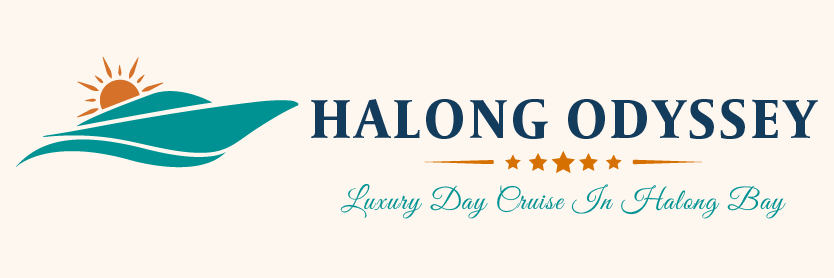Safety Guide & Information
Visitors’ safety is a top priority at Ha Long Bay. The Halong Bay Management Department and the Port Department of Quang Ninh Province have strict supervision over the bay.
To ensure that boats are fulfilling the necessary safety requirements, the Quang Ninh province’s Waterway Traffic Police has increased boat inspections and enhanced oversight of fishing villages where boats are berthed. Rescue procedures and fire prevention measures have also been improved over the years.
Our primary concern on the Halong Odyssey Cruise is your safety. We pay close attention to every safety precaution to guarantee the protection of both passengers and crew members. All passengers are given straightforward access to the safety information when they check in on board.
Participation in safety training and completion of certain critical courses pertaining to safety conditions on board, such as the Seaworthiness Certificate, Search and Rescue on the Sea Certificate, Fire Prevention and Fire-Fighting Certificate, Health Certificate, Basic Training Certificate, Proficiency and Survival Craft Certificate, etc., are mandatory for all crew members. As scheduled, the crew members will plan emergency firefighting exercises to enhance their abilities and increase public knowledge of fire safety.
SAFETY MANAGEMENT – PROCEDURES AND DOCUMENTATION
- Sufficient, up-to-date, and proper insurance (MIC Insurance Co).
- Operating licenses that are up to date and valid.
- SI and VR are well-documented safety management techniques.
- The dry dock inspection is finished, and any issues are fixed.
- All machinery and equipment, including engines, bilge pumps, and others, have a scheduled, documented repair and maintenance schedule.
- Process for documenting, reporting, and fixing issues discovered during routine checks and inspections.
- Documented emergency protocols for vessel evacuation and fire management.
- Procedures for documenting and looking into onboard illnesses, accidents, and emergencies.
- Completed and current crew records (including training in first aid, emergency protocols, fire drill, experience, and credentials).
- Well-maintained engine and auxiliary engine power available in case of a major engine failure.
- Remote fuel cut off outside the engine room.
- The engine room is clean and devoid of leaks of oil, grease, and gasoline, completely isolated from the communal spaces.
- Storage tanks for fuel, oil, and gasoline pipes are in good shape. Heat and smoke detectors are installed in the engine compartment.
- There are fire extinguishers and an automatic extinguishing system in the engine room.
- A bilge pump that the main engine or auxiliary engine can operate.
- Gas cylinders and pipes are secured, connected correctly, and in good condition.
- Gas detectors are installed, and areas where gas is utilized have good ventilation.
- The ship is waterproof, with secured deck hatches, a watertight door in place, and portholes beneath the main deck that can close quickly.
- Fire and waterproof doors are in perfect working order.
- The steering gear is set up with clear views from the steering positions.
- Adequate reverse engines, anchors, and mooring ropes are in place to slow, stop, and secure the vessel.
- A VHF (Very High Frequency) radio with a sufficient power source and range is available.
- The radar is operating well.
- Every navigation light is operational.
- An efficient horn or whistle to alert other marine traffic
- An automated fire detection system that is fully operational.
- The fire alarm control panel is in a visible location, and all indicators show the system is working.
- There are smoke detectors in the public space.
- The engine room and kitchens are equipped with heat detectors.
- The ship is equipped with sufficient call points and fire alarm sounders.
- The ship is equipped with operational emergency lighting throughout.
- Enough hoses, hydrants, and extinguishers are positioned throughout the ship (with dates of their most recent maintenance).
- A portable or main fire pump is available.
- Exit routes are usable and prominently marked.
- The entire vessel has a sufficient fire separation.
- The boat has emergency notices that explain what to do in the event of a fire and other crises, including evacuating the ship.
- Every piece of fire safety equipment is tested, maintained, and documented.
PASSENGER CARE
- All crew members and passengers have access to adequate life rafts and buoys.
- Life jacket locations are easily accessible and prominently marked (in public spaces and tenders).
- Fire extinguishers and fire alarms are available for use at all locations.
- Passageways and public areas are free from hazards.
- All stairs on the boat have handrails and are free from trip hazards.
- Pier-to-cruise tender transfers are handled carefully.
- The deck rails are safe and of a suitable height.
- Steep steps feature non-slip surfaces and are well-marked.
- Embarkation and disembarkation of passengers are always supervised and aided by crew members.
- First aid kits are kept well stocked on board.
- All lodging spaces, including the communal spaces and hallways, are free of fuel and oil.
- Water on board is adequately treated.
- Every year, all boats undergo dry dock repair, and daily technical supervision is completed before embarking.
CREW
- Every crew member has the required education, training, and experience.
- Every crew member has received extensive training in emergency protocols.
- While the cruise is docked, Gangway Security is in effect.
- Security and fire patrols are conducted throughout the night.
FOOD AND BEVERAGE HYGIENE
- Fresh food and beverages from reliable local vendors and stores are thoroughly inspected before loading onto the ship.
- Prior to serving onboard, all the chefs receive extensive training in food and beverage hygiene.

